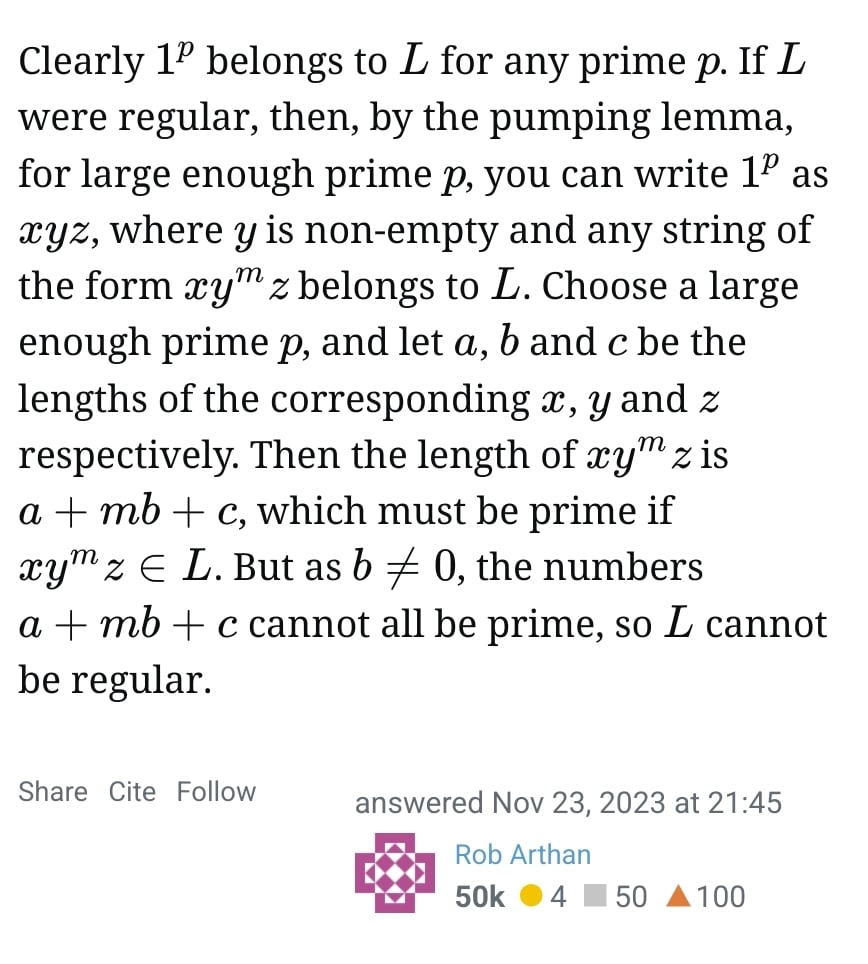

I can’t explain the exact reasons why, but let me provide some examples.
In Cities: Skylines (which is natively supported on Linux), I had two mods installed that had different behaviour depending on whether Steam was installed through a Flatpak or whether it was installed as a native package. One of them needed to access a system installation of Mono and call it (which sounds like virus behaviour, I know), and this functionality would be blocked by Flatpak’s containerisation. The second mod was a map-drawing mod which would create maps of the in-game city and put them in a specified folder in your home directory. On the native package Steam, it would put the files in the default folder, but crashes if you tried to change the directory. Otherwise, it worked as expected. On the Flatpak Steam, it would allow you to select the directory, but no files would actually be written there. It’s easy to just blame bad code written by amateur developers, but clearly it’s a case of the same code resulting in different behaviour depending on variables like Steam’s installation method.
Also, the Sims 4, which is not native and runs through Proton, worked pretty reliably on X11 but occasionally crashes mid-game using Wayland. It was not perfectly stable in either case, but it crashed far less frequently on X11 compared to Wayland.
This is not a game, but Firefox supports touchpad gestures on my laptop on Wayland, but not on X11.






Linux has 2.6% on the Steam Hardware Survey.